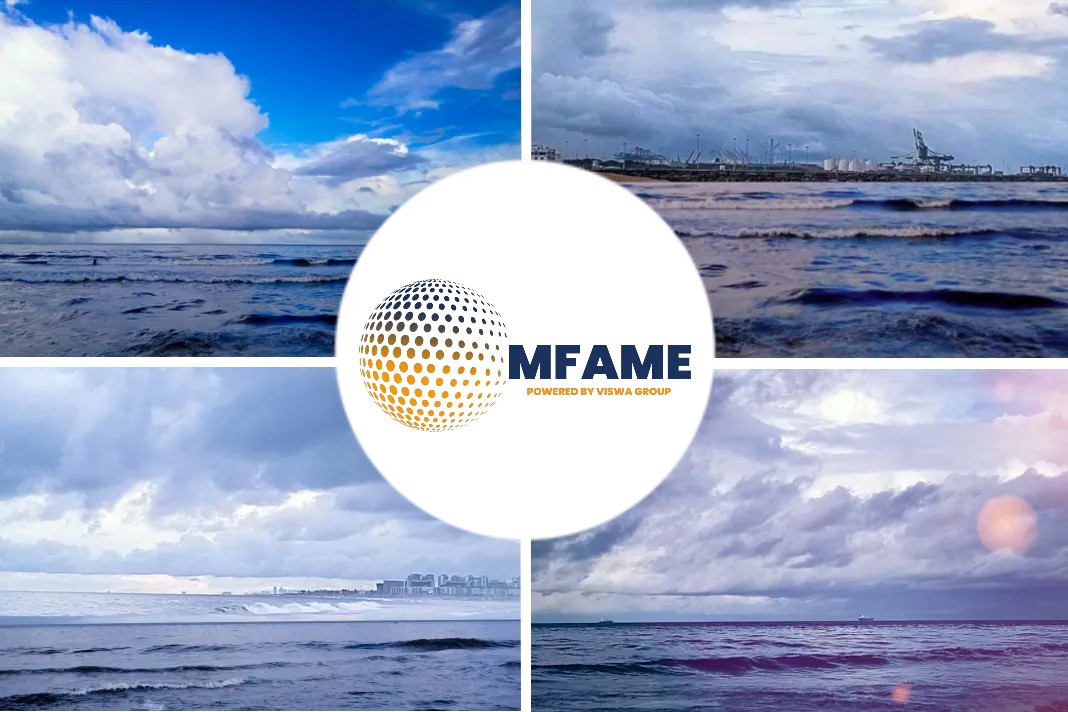The first liquefied hydrogen carrier ship in the world has completed its first maritime transport of liquefied hydrogen (LH2), including cargo loading and unloading, says an article published in Pinsent Masons.
End-to-end supply chain
The Japanese government, the Australian federal government, and the Victoria state government collaborated on the HESC pilot project. Its goal was to “demonstrate an end-to-end supply chain between both countries” by producing and transporting clean LH2 from Australia to Japan.
Immense achievement
Renewables expert Karah Howard of Pinsent Masons said: “Transportation of LH2 is extremely difficult, due to the need to maintain the -253degrees Celsius temperature and compress the LH2 to 1/800 of its original gas-state volume. Therefore, this world’s first in the maritime transport of LH2 is an immense achievement.”
“HSEC is part funded by Hydrogen Energy Supply Chain Technology Research Association (HySTRA), a consortium of Iwatani Corporation, KHI, Shell Japan, J-Power, Marubeni, ENEOS, and Kawasaki Kisen Kaisha. HSEC and HySTRA’s main goal and vision are to build a global hydrogen supply chain, to promote hydrogen as a fuel source. HySTRA explains that the hydrogen is produced through brown coal gasification, a low ranked coal of limited on-site applications. It is then transported to a loading facility in Port of Hastings, Victoria, for liquefaction to -253 degrees to allow for more efficient transportation and distribution of more hydrogen,” she said.
Commercialisation phase
“As part of HySTRA, KHI finished construction of the liquified hydrogen carrier in 2020, to transport the LH2 9000km to Kobe, Japan. HSEC’s website states that the decision to progress to a commercialisation phase will be made in 2020s once the pilot project is completed, with operations targeted in the 2030s,” she said.
“With Korean Research Institute of Ships and Ocean engineering (KRISO) awarding two approvals in principle for liquid hydrogen fuel tanks for ships in January 2022, recognising the technology, and Shell and GTT singing a cooperative agreement to develop the hydrogen energy supply chain in February, competitors appear to be hot on HSEC / HySTRA’s heels,” Howard said.
Government Contributions
- The HSEC project is estimated to cost A$500 million (US$354 million).
- The Australian federal government and the state of Victoria each contributed $100 million.
- The remainder was invested by the Japanese government and other project partners.
Did you subscribe to our daily Newsletter?
It’s Free! Click here to Subscribe
Source: PinsentMasons






















